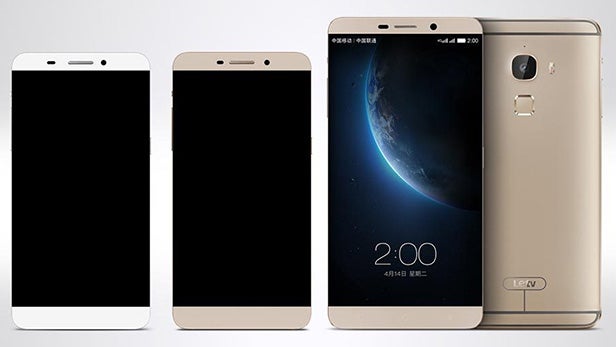New MacBook’s USB Type C port hits first smartphones

The USB Type C connector that recently debuted on Apple’s new MacBook has finally landed on a smartphone. Three smartphones, in fact.
China-based electronics firm LeTV has just announced a series of new handsets, all of which ship with the Type C connector.
That’s important because it’s generally accepted that USB Type C will one day ship as standard on smartphones and laptops worldwide.
This will replace the current Micro USB status quo that we’ve seen thus far on non-Apple smartphones.
So what’s the advantage of having a Type C connection? Well the most notable perk is that unlike Micro USB, Type C tips are reversible.
This means that
Type C connections can also handle faster data transfer speeds than Micro USB, which will be useful as file sizes gradually increase in the coming years.
Unfortunately, Type C is still pretty hard to find out in the consumer technology wild. Aside from Apple’s new MacBook and a SanDisk flash drive, you’ll struggle to pin one down.
Related: USB-C: Everything you need to know
LeTV’s new smartphones – the Le 1, the Le 1Pro, and the Le Max – pad this roster out somewhat, and pave the way for more handset manufacturers to adopt the technology.
The headline device, the Le 1Pro, features a 5.5-inch Quad HD courtesy of Sharp, a Snapdragon 810 chip, 4GB of RAM, and an Android-based EUI (via FoneArena).
It’s worth noting that while LeTV’s smartphones are due to launch later this month, there’s no word on whether the China-manufactured devices will be coming to the UK.


